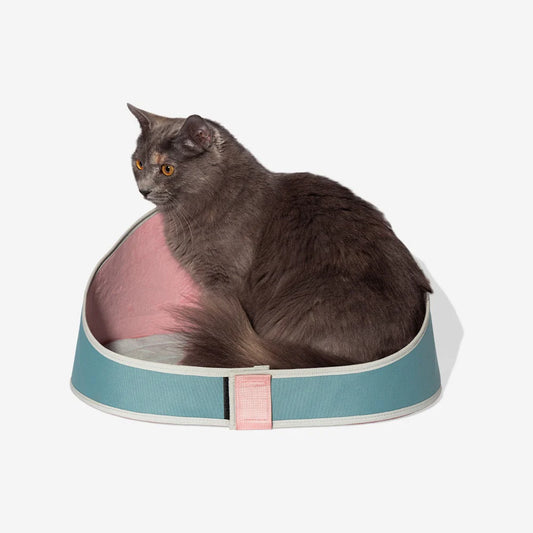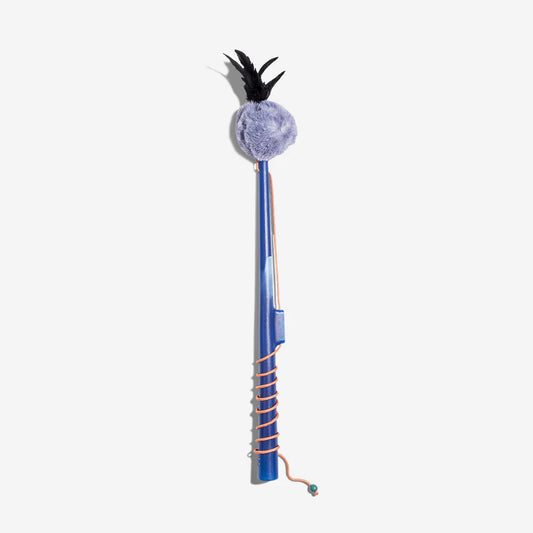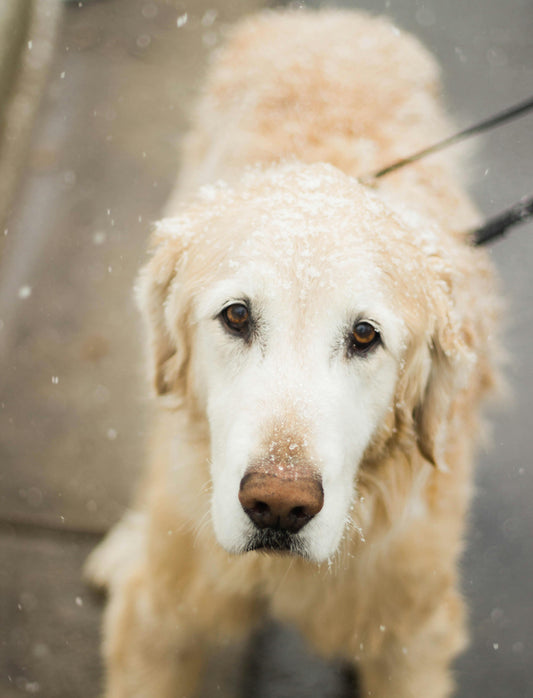Introducing a cat to a household with dogs can be a delicate process. To ensure a smooth transition, proper introductions and patience are essential. Understanding the personalities of both pets will guide the approach and minimize stress for everyone involved.
Creating safe spaces for both the cat and the dogs is crucial. This setup allows each animal to feel secure while acclimating to one another. Gradual exposure through controlled meetings can help ease tensions and establish a peaceful coexistence.
Monitoring interactions and providing positive reinforcement will foster a harmonious environment. With consistent effort and mindful attention, it’s possible for cats and dogs to share a home successfully.
Assessing Your Dog's Temperament
Understanding a dog's temperament is crucial for a successful introduction to a cat. Key aspects to consider include prey drive, socialization levels, and the dog's age and activity level.
Understanding Prey Drive
Prey drive refers to a dog's instinctual drive to chase smaller animals. This can significantly affect the introduction of a cat into a household.
Certain breeds, such as terriers and hounds, typically exhibit a higher prey drive. Observing a dog's behavior towards small animals, such as squirrels or birds, can provide insight into their instincts.
Signs of High Prey Drive:
- Intense focus on small animals.
- Barking or lunging when seeing a cat.
- A strong inclination to chase during walks.
A dog with low prey drive may be more suited for living with a cat.
Evaluating Socialization Levels
Socialization refers to a dog's exposure to various people, animals, and environments. A well-socialized dog is generally more adaptable and less aggressive.
Dogs that have had positive interactions with other animals are more likely to accept a new cat.
Key Questions to Consider:
- Has the dog lived with cats before?
- How does the dog react to unfamiliar animals?
- Is the dog comfortable around other pets?
A dog that has extensive socialization experiences is more likely to display calm and friendly behavior, facilitating a smoother introduction.
Considering Age and Activity Level
A dog's age and energy can influence their behavior. Younger dogs, particularly puppies, tend to be more playful and less aware of their strength. This can be overwhelming to a cat.
Factors to Keep in Mind:
- Older dogs often have a calmer demeanor, which may be preferable.
- High-energy dogs may require more exercise and supervision during introductions.
Understanding these elements helps determine how a dog might interact with a new cat. It is essential to weigh these characteristics to ensure a harmonious introduction.
Preparing Your Home
Before introducing a cat into a household with dogs, it's essential to create a safe and welcoming environment for both. This involves strategic preparation that facilitates a smoother transition and minimizes stress for all pets involved.
Creating Separate Spaces
Establishing distinct areas for the cat is crucial. Designate a separate room for the cat equipped with essentials such as a litter box, food, water, and a comfortable resting place. This space helps the cat acclimate to its new surroundings without feeling overwhelmed.
Ensure that this room has doors that can close securely to keep the dogs out during the initial acclimation period. Consider adding high perches or cat trees for the cat to feel secure and watch the surroundings. The ability to retreat to a safe space is vital for the cat's comfort and confidence.
Securing the Environment
Safety should be a top priority when preparing the home. Remove any potential hazards, such as small objects or toxic plants, that the cat might access. Use baby gates if necessary to create safe zones.
Additionally, ensure that windows and balconies have screens or barriers to prevent any escapes. Pay attention to spaces where the dogs might access food, toys, or other items meant for the cat. This prevents competition over resources that could lead to tension.
Introducing Scents
Scent plays a significant role in animal behavior. To help both pets familiarize themselves with each other, begin by introducing their scents. Rub a cloth on the dog and then on the cat, and vice versa.
Place the cloths in each animal's designated area. This allows them to investigate each other's scent without direct interaction, easing future introductions. Additionally, consider using calming pheromone diffusers in both areas to promote relaxation and reduce anxiety for the animals during this transition.
The Introduction Process
Introducing a cat to a household with dogs requires careful planning and execution. Patience and attention to detail will help ensure a smooth transition for all pets involved.
Controlled First Encounter
The initial meeting between the cat and dogs should occur in a controlled environment. Ideally, the cat should be safely confined in a carrier or a separate room. This prevents any sudden movements that could startle the cat or provoke the dogs.
Allow the dogs to approach the door or carrier while the cat remains protected. Use a leash to keep the dogs calm. This setup fosters curiosity without immediate confrontation. Gradually allow the animals to sniff under the door or through the bars of the carrier.
After a brief period, separate the pets and repeat the process daily. Keeping sessions short but frequent helps the pets get used to each other's scents and presence without overwhelming them.
Observing Body Language
Understanding body language is crucial during the introduction. Animals communicate discomfort or aggression through their physical cues. For dogs, signs of anxiety may include raised hackles, growling, or a stiff body posture.
The cat may exhibit signs of stress, such as hissing, swatting, or hiding. Knowing these signals can help a pet owner intervene before any negative interactions occur.
It is important to monitor reactions closely. If any pet appears frightened or aggressive, it might be necessary to return to a earlier step in the process. Taking note of these behaviors will guide the owner in determining how to proceed.
Gradual Interaction Increases
Once the pets have become accustomed to each other's presence, interactions can gradually increase. Start by allowing the cat to explore areas where the dogs have access but without the dogs present. This step helps build confidence in a new territory.
After a few days, it's time to introduce them in the same space again, but make sure the dogs are calm and on a leash. Use treats and positive reinforcement to reward calm behavior during these meetings.
Increase the duration of these interactions gradually. Aim for supervised meetings where the owner can intervene quickly if necessary. By proceeding slowly, the pets can build trust, reducing the chances of conflict as they adjust to one another.
Maintaining a Peaceful Household
Creating harmony between cats and dogs requires careful management and attention. Prioritizing supervision, training, and monitoring behaviors can foster a tranquil living environment.
Continued Supervision
Supervision is crucial during the initial interactions between the cat and dogs. It is advisable to keep them separated initially, then gradually introduce them while closely monitoring their behavior.
During these introductions, use baby gates or leashes to maintain control. This allows for safe interactions without overwhelming either pet.
Keep sessions brief and positive, gradually increasing their time together. This enables both animals to adjust at their own pace, reducing stress and ensuring safety.
Training and Positive Reinforcement
Training both the cat and dogs plays a vital role in establishing boundaries. Dogs, in particular, should be encouraged to obey basic commands such as "sit" or "stay."
Positive reinforcement helps reinforce good behavior. Treats or praise can be reward mechanisms when the dog remains calm around the cat.
Teaching the cat to respond to its name or a clicker can also aid in communication. This minimizes misunderstandings and helps each pet respect the other’s space.
Monitoring for Stress Signs
It is important to recognize signs of stress in both pets. For dogs, signs may include growling, barking, or stiff body language. Cats may exhibit behaviors like hiding, hissing, or swatting.
If any of these signs appear, it is advisable to separate the animals immediately. Provide a quiet space for the stressed pet to relax.
Regularly reassess their interactions and ensure that both pets feel secure. This ongoing observation is essential to maintaining a peaceful household.

























